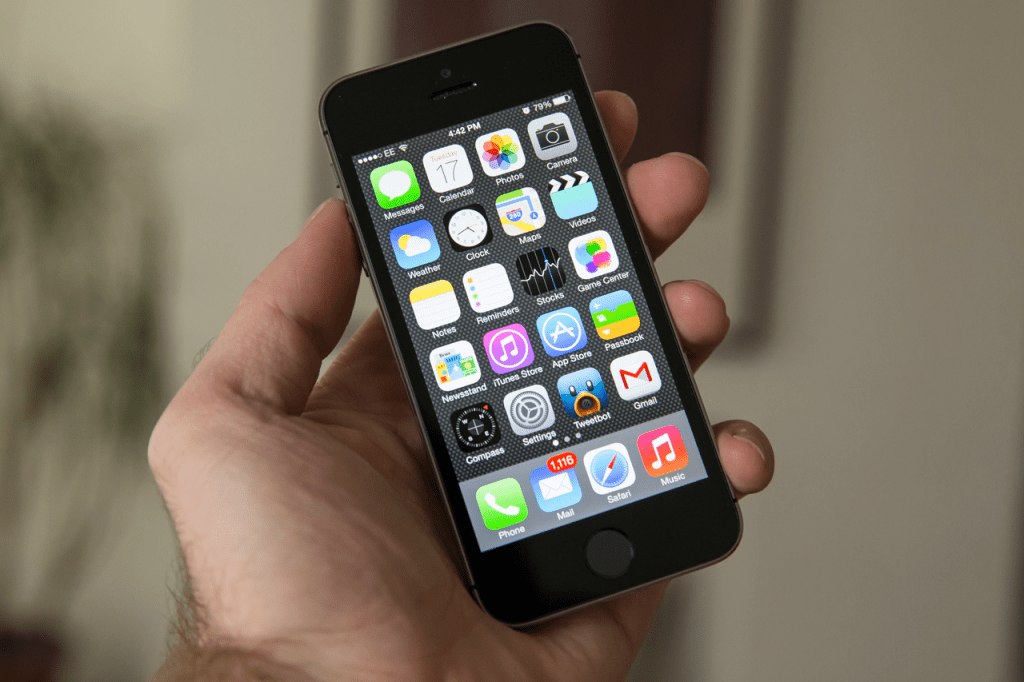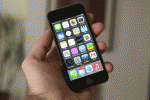
Apple has filed a new patent (via AppleInsider) for supplementary tech that adds pressure sensitivity to its iOS devices, via special pressure sensors located around the corners of the device or otherwise hidden beneath the display. The tech described in the patent would allow for detection of gestures coming from beyond the touch-sensitive regions of the display, so you could have swipes recognized as coming from the bezel for instance.
Other benefits would include the ability to better detect and discount thinks like a palm resting on the display, or a thumb that’s on-screen and yet just being used to support or hold a device, rather than as part of a touch input gesture. Already, Apple’s iOS displays are among the best when it comes to accidental touch detection, but this system would make that even better, which could potentially allow for further reduction of bezel size, for instance, or even making it possible to determine different kinds of input based not only on how many fingers are used, but on the force of the press.
Bezel-based input gestures are another big possibility here. BlackBerry already used swipes in from the bezel to activate different actions in both the BlackBerry Playbook and its BB10 line of smartphone devices. Apple could implement similar actions based on this patent, or it could go even further and use the bezel itself as an input surface, to be used in tandem with on-screen cues in software while keeping the screen completely unobscured at the same time, the patent says.
This isn’t he first we’ve heard of pressure sensitive screens from Apple: It filed a patent in November last year that described a similar system but with sensors that were placed beneath the screen and reacted to being actually pressed, rather than located in key areas and using triangulation and relative force detection to triangulate input. A Bloomberg report from November also suggested that Apple was working on improving touchscreen sensors by adding fine pressure sensitivity for introduction in devices beyond this year, so hopefully this new patent means Apple’s making progress on how to bring that to market without adding a lot of complexity to its existing internal device designs.


